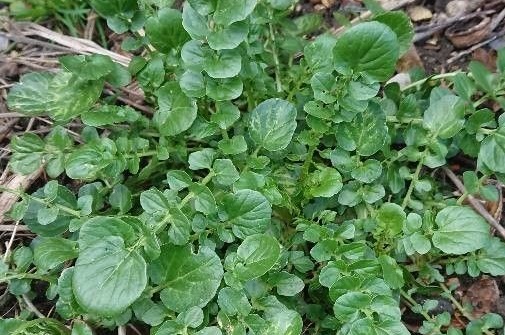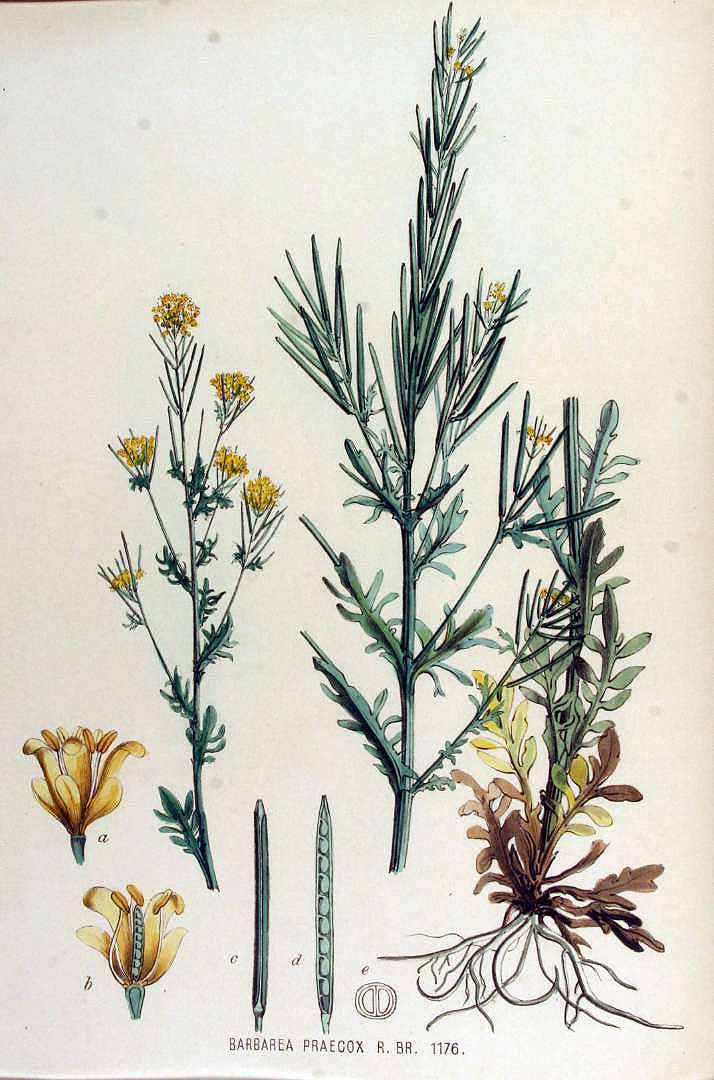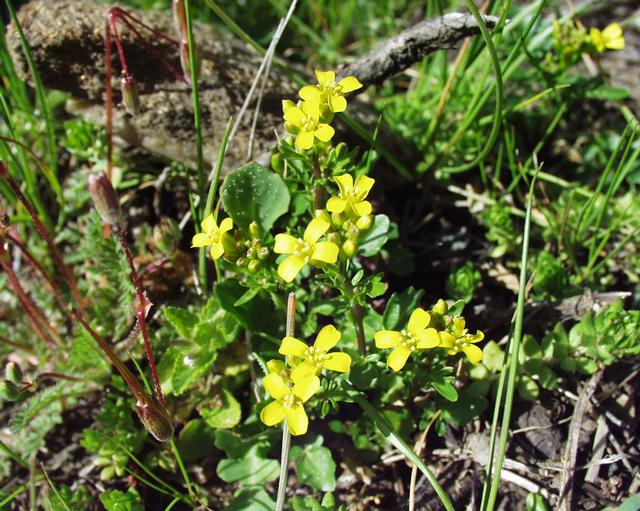! Nouveau site ici !
Vita > Plantae > Magnoliophyta > Magnoliopsida > Capparales >
Brassicaceae > Barbarea
Barbarea verna
(Cresson des jardins)

 | ***
| ***
Vita > Plantae > Magnoliophyta > Magnoliopsida > Capparales >
Brassicaceae > Barbarea
Barbarea verna
(Cresson des jardins)

-23/-30°C (zone 5)
Cette herbacée, produisant des feuilles disposées en rosette, est originaire du Sud de l'Europe et de l'Asie occidentale et s'est ensuite naturalisée ailleurs où elle est également cultivée et consommée ...
→suite
⬀
Le  donne accès au menu
donne accès au menu (c'est votre point de repère) 😊 ;
En dessous vous avez la classification, à partir de la vie (Vita, premier rang) jusqu'à la classe au dessus de la plante, dont vous trouvez ensuite le nom scientifique/botanique (latin) puis le nom commun (français), le cas échéant ;
C'est aussi un lien vers la fiche complète (tout comme la ✖, en bas à droite, et le +, en dessous de la description) ;
Vient alors l'illustration (ou ce qui la remplace, en attendant), la comestibilité :
Et en bas
⬂









